OS Size Guide: Fit and Inventory for Clothing Businesses
Navigating the world of apparel sizing can be complex enough, but throw in the enigmatic “OS” – often meaning “One Size” – and things can get downright confusing, especially for clothing businesses. Are you a startup boutique, a growing online retailer, or perhaps managing wholesale apparel orders? Then you’ve likely encountered the seemingly simple, yet often misleading, “OS” designation.
For many in the clothing industry, particularly those focused on wholesale and retail, the promise of “One Size Fits All” can quickly turn into a headache of unpredictable fits, inventory management challenges, and ultimately, customer dissatisfaction.
This guide cuts through the confusion. We’ll demystify what “OS” really means in the apparel world (spoiler alert: it’s not always what you think!), explore the implications for your business, and equip you with practical strategies to confidently handle OS sizing, ensuring happier customers and a smoother operation.
1. Unpacking the OS Label: More Than Just “One Size”
1.1. The Primary Meaning: OS as “One Size”
The most frequent meaning behind the OS size designation seen on a clothing label is simply “One Size”. This abbreviation signifies the manufacturer’s intention for the garment or accessory to accommodate a broad spectrum of body shapes and sizes, generally designed around a perceived average size.
While related to the concept of “one size fits all,” this label rarely achieves literal universality in apparel sizing; rather, it indicates a single sizing option designed for broad, but not unlimited, appeal.
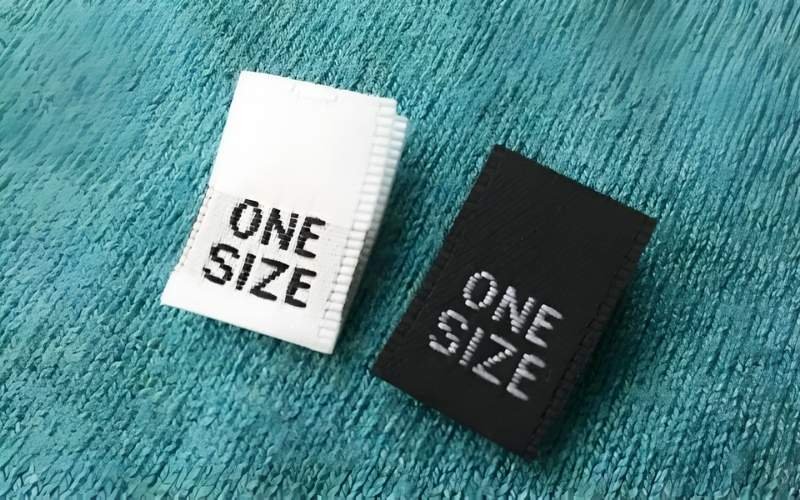
1.2. Common Variations: “One Size Fits Most,” and “Overall Size”
Beyond the primary meaning, the OS designation sometimes carries alternative interpretations or is explicitly labeled differently. “One Size Fits Most” is a common variation, offering a more realistic acknowledgment that while the item is designed for a wide range, universal fit across all body types isn’t guaranteed.
This phrasing manages expectations more effectively than “One Size Fits All.” Less frequently, “OS” might stand for “Overall Size,” though functionally this interpretation leads back to a single size meant for multiple wearers and is not a distinct sizing standard. These variations highlight the nuances inherent in any single-size designation attempting to capture diverse fits.
2. The Big Question: Is OS a Standardized Measurement?
2.1. The Truth About OS Standardization (or Lack Thereof)
A critical point to understand about OS sizing is that there is no universal, legally enforced standard governing what this designation must mean in terms of actual apparel measurements. This fundamental lack of standardization across the industry is the primary source of confusion and inconsistency regarding fit.
Ultimately, the specific dimensions and intended fit range represented by an “OS” label are determined entirely by the individual brand or manufacturer producing the garment. What one brand considers “One Size” might differ significantly from another’s interpretation.
2.2. Why Fit Varies: Brand, Manufacturer, and Target Market Differences
Several factors contribute to the significant variations observed in the fit of OS garments:
- Manufacturer Base Patterns: Different manufacturers utilize distinct base patterns or blocks when designing garments, leading to inherent variations in shape and proportion even for items labeled “OS”.
- Target Customer Demographics: A brand designing an OS item for a junior market will likely use different measurements than a brand targeting a missy or plus-size customer base. The intended customer profile heavily influences the “average” size the OS item aims to fit.
- Regional Variations: Assumptions about “average” body types can differ between geographic regions, influencing the sizing decisions of manufacturers catering to specific markets.
- Fabric and Construction: The amount of stretch in the fabric (elasticity) and the overall construction of the garment (e.g., loose vs. draped) play a huge role in how accommodating an OS item actually is.
Because of these variables, relying solely on the OS label without consulting a specific size chart or detailed garment measurements provided by the brand or manufacturer is inherently risky for ensuring a predictable fit for your customers.
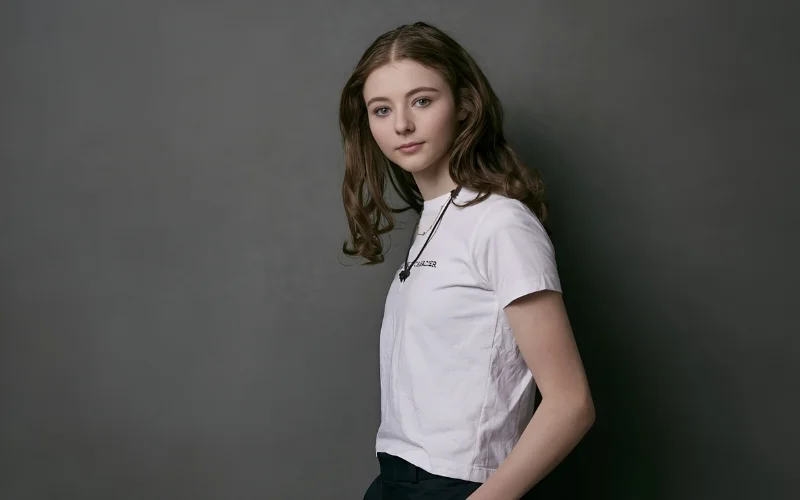
3. How OS Sizing Works in Practice
3.1. Designing for the “Average”: The Basis of OS
Garments labeled OS are typically conceived around fitting a perceived average body type. Manufacturers often design these items to align with a median size range, frequently approximating a US Medium or Large, aiming to capture the broadest segment of their target market with a single apparel size offering.
This approach is essentially an approximation, driven by the economics of mass production where minimizing size variations simplifies manufacturing and inventory. The elasticity inherent in the chosen materials and silhouette is relied upon to accommodate variations around this central average size.
3.2. Key Enablers: Stretch Fabrics and Forgiving Silhouettes
The feasibility of OS sizing largely depends on two key elements: material choice and garment design.
- Materials: The extensive use of stretchy fabric is fundamental. Materials incorporating elastic materials like spandex, elastane, or Lycra, as well as inherently flexible knits (like jersey or ribbed knits), provide the necessary give and recovery to fit a wider range of body shapes. The percentage of stretch significantly impacts the potential fit range.
- Design: Forgiving silhouettes that do not depend on precise clothing dimensions for fit are common for OS items. Examples include:
- Ponchos and capes
- Loose-fitting cardigans and dusters
- Oversized sweaters and tops
- Flowy or A-line dresses made from knits
- Scarves, beanies, and other accessories without structured fits
- Leggings or jeggings with high elasticity
This contrasts sharply with garments requiring more tailored construction, such as fitted blazers or structured trousers, where the single-size approach aligns poorly with apparel industry standards for achieving a good fit across diverse bodies.

3.3. Typical Products Sporting the OS Label
The OS label appears across various product categories, though its suitability varies:
Accessories (Often suitable for OS): These items generally rely less on precise body measurements.
- Socks: Often designed to fit a wide shoe size range.
- Hats: Especially beanies, stretchy caps, and some unstructured styles.
- Gloves/Mittens: Particularly knit or stretchy styles.
- Scarves and wraps
- Belts (often adjustable through design)
- Bags and Totes
- Most Jewelry
Apparel (Variable suitability): Fit becomes more critical and subjective.
- Leggings and stretchy pants
- Knit tops, tunics, and sweaters (especially oversized or draped styles)
- Cardigans, kimonos, and ponchos
- Some dresses (particularly jersey, A-line, or wrap styles with ample stretch)
- Robes
For any clothing item labeled OS, particularly apparel, verifying specific measurements is crucial due to the inherent variability in fit.
4. OS in Your Inventory: Weighing the Pros and Cons for Your Business
4.1. Potential Benefits: Cost Savings and Inventory Simplification
Incorporating OS items into your inventory can offer several advantages, particularly for a startup or small clothing business:
- Lower Manufacturing Cost Implication: Producing or sourcing a single size per style typically reduces manufacturing costs compared to developing, grading, and producing a full range of sizes.
- Reduced Inventory Complexity: Managing fewer Stock Keeping Units (SKUs) simplifies inventory tracking, storage, and overall logistics. This can significantly streamline operations for a retailer.
- Potentially Lower MOQs: Suppliers may offer lower Minimum Order Quantities for OS items since they are producing only one size, making it easier for smaller businesses to meet purchasing requirements.
- Simplified Initial Forecasting: While carrying risks related to fit, forecasting demand for a single size can seem initially less complex than predicting sales across multiple sizes. The applicability of this benefit diminishes if poor fit leads to high returns.
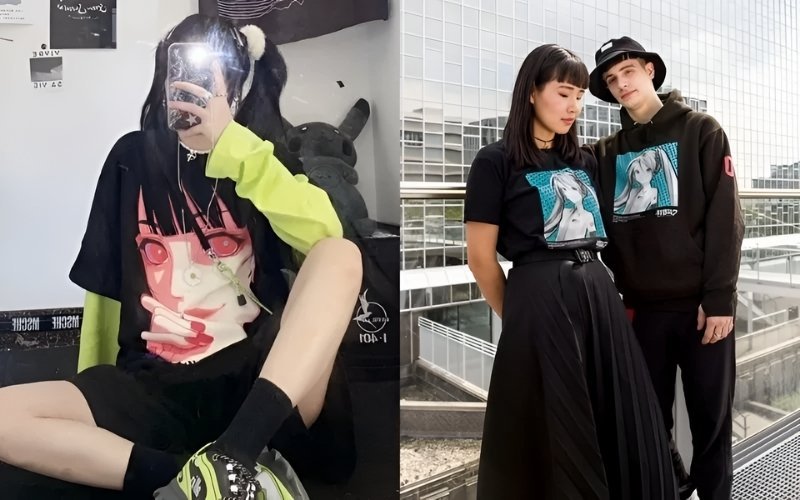
4.2. Potential Drawbacks: Fit Ambiguity, Customer Satisfaction, and Return Rates
Despite the potential benefits, stocking OS items carries significant risks that businesses must carefully consider:
- Fit Ambiguity: The lack of standardization and brand-specific variations mean OS items often result in a poor or unexpected fit for a significant portion of customers whose body types fall outside the manufacturer’s intended “average.”
- Higher Return Rates: Poor fit is a primary driver of returns in the apparel industry. OS items, due to their inherent ambiguity, can lead to increased return rates, adding to operational costs (shipping, restocking, processing) and lost revenue.
- Negative Customer Perception: If customers frequently find that your OS items do not fit as expected, this can lead to dissatisfaction, negative reviews, and damage to your brand’s reputation. Customer interpretation of “One Size” can vary widely, leading to frustration when reality doesn’t meet expectations.
- Limited Customer Reach: Relying heavily on OS sizing can alienate potential customers who fall outside the typical size range the items are designed for, limiting your market reach.
5. Smart Strategies for Handling OS-Sized Apparel
5.1. Vetting Suppliers: Getting Accurate Sizing Information
To mitigate the risks associated with OS items, diligent supplier vetting is essential:
- Always request detailed size charts or specification sheets from the manufacturer or supplier for any OS item. These should provide actual garment measurements (e.g., bust circumference, waist width, garment length, sleeve length) rather than just stating “One Size.”
- Inquire about the specific fabric composition, paying close attention to the percentage of stretch materials (like spandex or elastane), as this heavily influences fit.
- Whenever feasible, order samples before placing bulk orders. This allows you to physically assess the fit, material quality, construction, and how the garment drapes and stretches on a real body.
- Ask the supplier about the intended target market or the specific size range (e.g., US sizes 6-12) they designed the OS item to accommodate. Understanding their target helps gauge potential fit for your own customer base. Look for this information on the product label or accompanying documentation if available.
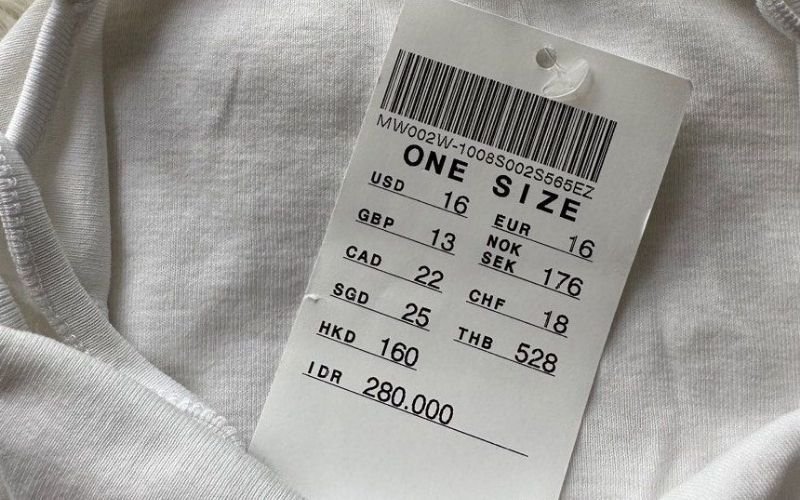
5.2. Communicating Clearly: Managing Customer Expectations
Transparency with your customers is paramount when selling OS items:
- Include detailed, actual garment measurements in all online product descriptions. Avoid relying solely on the “OS” label. Specify how measurements were taken (e.g., “laid flat,” “circumference”).
- Develop a comprehensive size guide on your website. Explain your measurement methods and, where helpful, provide guidance on which standard sizes the OS item might best fit (e.g., “Recommended for US sizes 8 through 14” or “Designed for a loose fit on sizes S-M and a closer fit on size L”).
- Utilize clear, high-quality product photography. If possible, show the garment on models of different sizes to illustrate how the fit might vary.
- Use descriptive fit notes in product descriptions, such as “relaxed fit,” “oversized style,” “significant stretch,” or “drapes loosely.”
- Ensure your customer service team is equipped with accurate sizing information and can effectively answer specific questions about the fit and measurements of OS items.
5.3. Deciding When Specific Sizing is Non-Negotiable
While OS sizing can work for certain items, there are product categories where offering graded sizes (S, M, L, or numbered sizes) is generally crucial for customer satisfaction and minimizing returns due to the need for a more precise fit. Relying on OS sizing for these categories demonstrates limited practicality:
- Tailored Trousers and Pants: Proper fit in the waist, hips, and inseam is essential.
- Structured Blazers and Jackets: Shoulder width, sleeve length, and torso shaping require specific sizing.
- Fitted Button-Down Shirts: Neck, chest, and waist measurements are critical for a good fit.
- Formal or Fitted Dresses: Garments designed to closely follow the body’s contours usually necessitate graded sizes.
- Swimwear: Due to minimal coverage and the need for secure fit, specific sizing is almost always required.
For these types of apparel, the complexity of managing more inventory is often outweighed by the benefits of providing a better fit, enhancing customer satisfaction, and reducing costly returns.
6. A Quick Look Back: The Historical Meaning of OS (“Outsize”)
It’s worth noting a distinct, historical meaning of OS, primarily found in vintage clothing contexts, particularly from mid-20th century Britain. In this older system, OS stood for “Outsize,” denoting larger sizes within a range that might also include codes like WMS (Women’s Measurement Small) or WX (Women’s Extra).
This usage is entirely different from the modern “One Size” interpretation and is largely relevant only to vintage collectors or historians studying past sizing conventions. Confusing this archaic vintage sizing code with contemporary OS labeling should be avoided.
7. Related Questions
7.1. What shoe size range does OS typically cover for socks?
While there’s no absolute standard, OS (socks) often aim to fit a broad middle range, frequently listed by the manufacturer as something like US Men’s shoe size 7-11 / US Women’s 8-12 (or an equivalent EU range like 40-44).
However, this varies significantly by brand, sock style (e.g., athletic vs. casual), and material. Always check the specific product packaging or description for the exact shoe size range the manufacturer intended for that particular pair of OS socks.
7.2. How does OS sizing compare internationally?
OS sizing is not an internationally standardized term, meaning its interpretation can differ greatly across global markets. An OS item designed by a US brand might have vastly different dimensions and target a different average body type than an OS item from an Asian or European brand, reflecting regional differences in sizing conventions and body measurements.
This lack of a universal standard makes verifying specific garment measurements even more crucial when sourcing OS products internationally or selling to a global customer base. Be mindful of international size conversion complexities.
Read more:
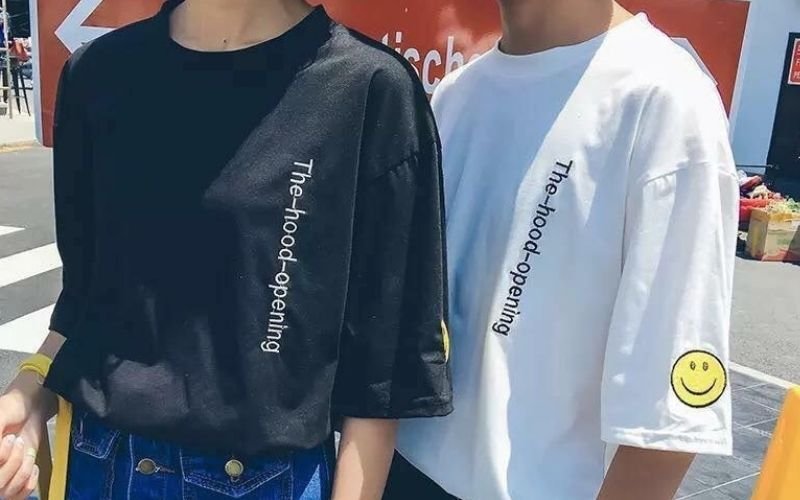
7.3. Can I rely on OS for children’s clothing?
Using OS for children’s clothing, especially apparel, requires significant caution. While some simple accessories like very stretchy hats or mittens might use an OS designation for a broader age range, fit is particularly critical for children’s comfort, mobility, and safety.
Children grow rapidly, making a single “one size” approach less practical for most clothing items compared to age-based (e.g., 2T, 3T) or height/weight-based sizing. For most children’s garments, opting for specific sizing ensures a much better fit and is generally recommended unless the item is exceptionally stretchy or adjustable by design.
Read more:
Understanding the nuances of OS (One Size) labeling is key for clothing businesses. While it usually signifies “One Size,” the critical takeaway is the lack of a universal standard, leading to significant variability in actual fit depending on the brand and manufacturer.
Recognizing this ambiguity empowers businesses to implement smarter strategies: rigorously vetting suppliers for detailed measurements, managing inventory with awareness of potential return risks, and communicating transparently with customers through comprehensive size guides and descriptions.
Making informed decisions about when and how to utilize OS items—balancing potential cost savings against the crucial factors of fit and customer satisfaction—is essential for success. By prioritizing clear communication and accurate information, you can navigate the complexities of OS sizing more effectively.
If you require specific advice tailored to your product line or sourcing needs regarding labels, tags, or packaging, seeking further guidance can provide valuable support (consider reaching out to specialists like My Pack Love for tailored consultations).






















